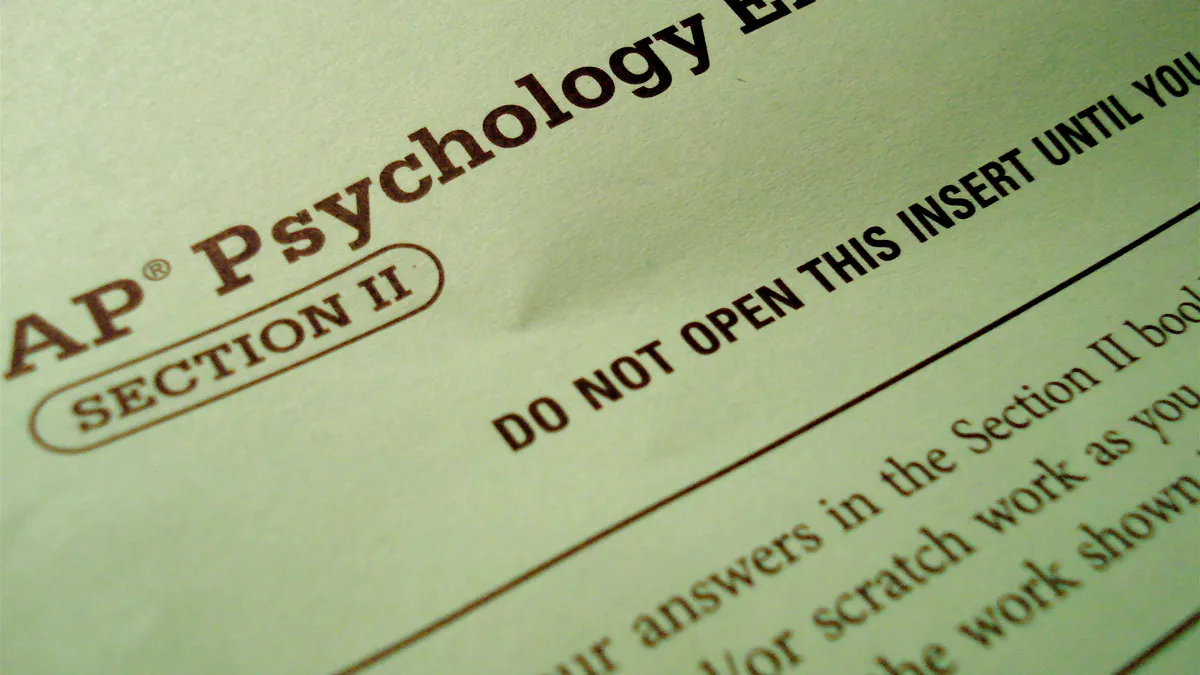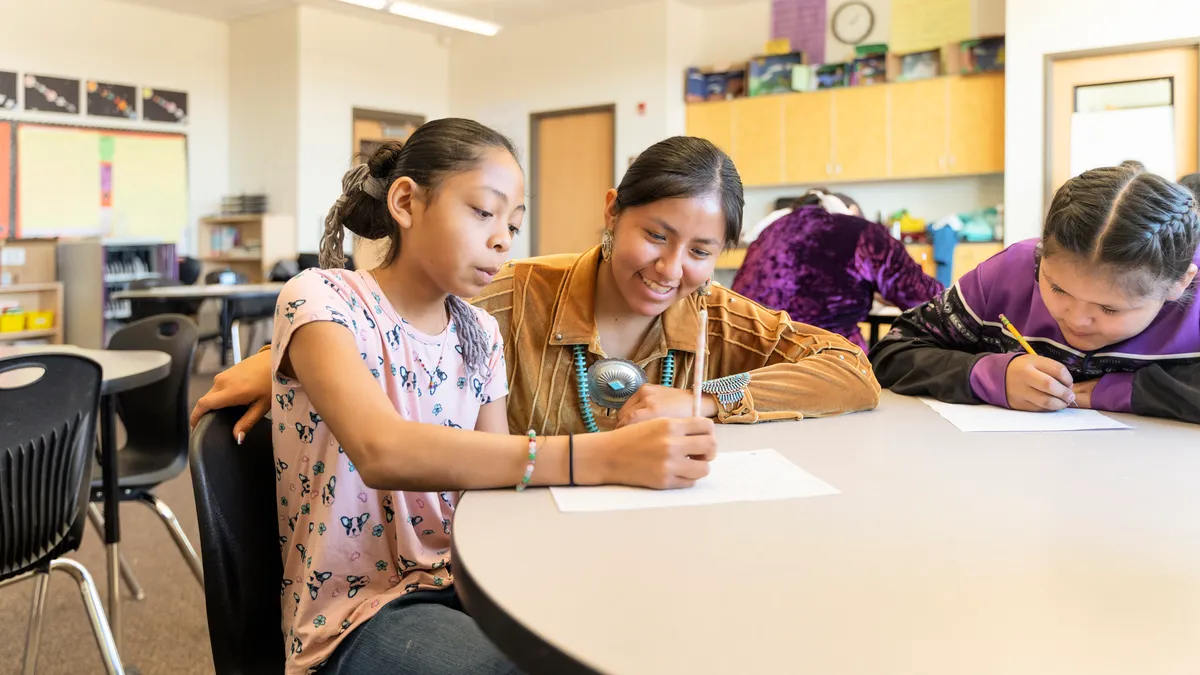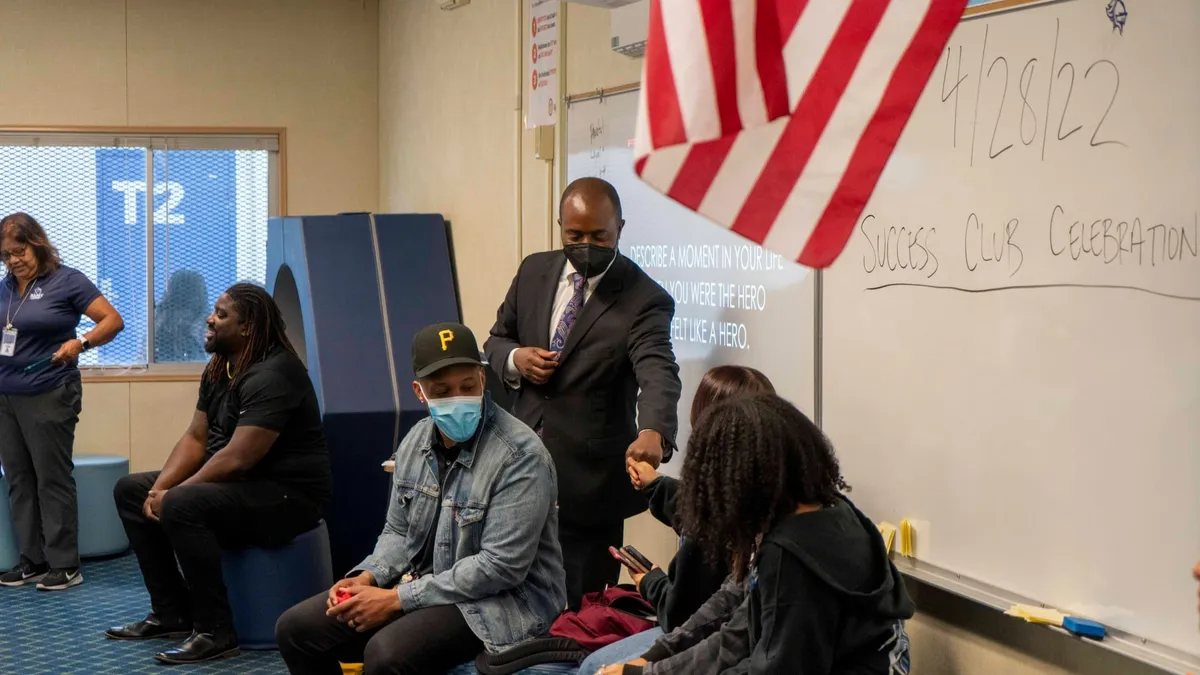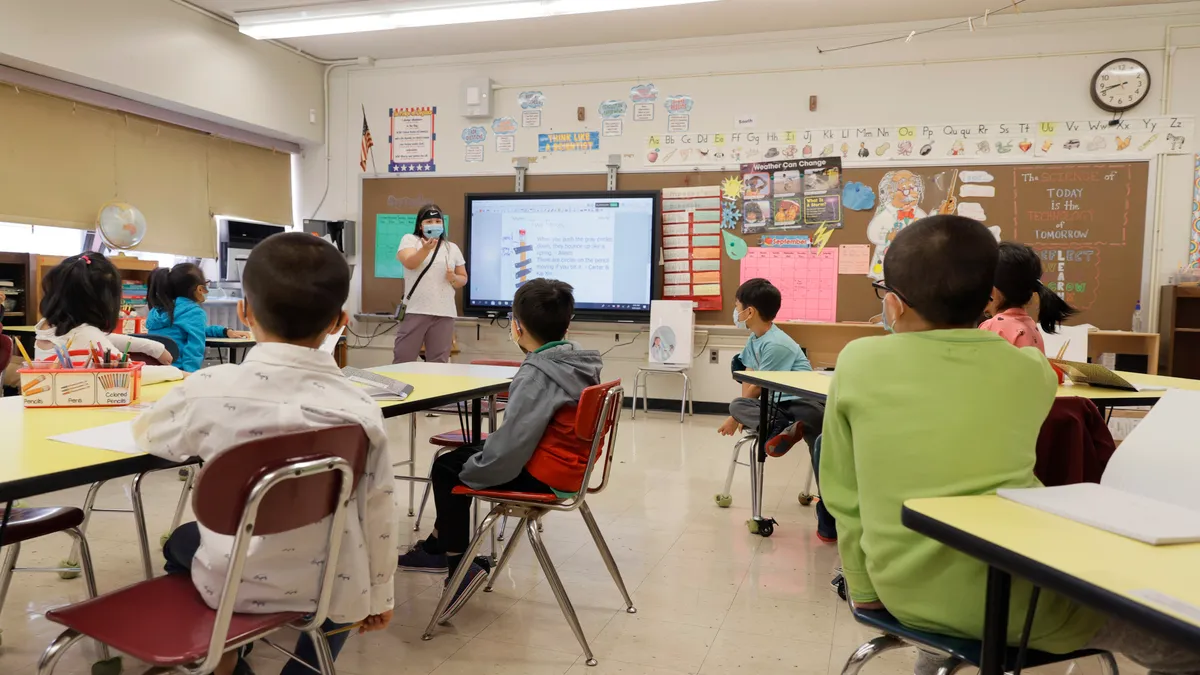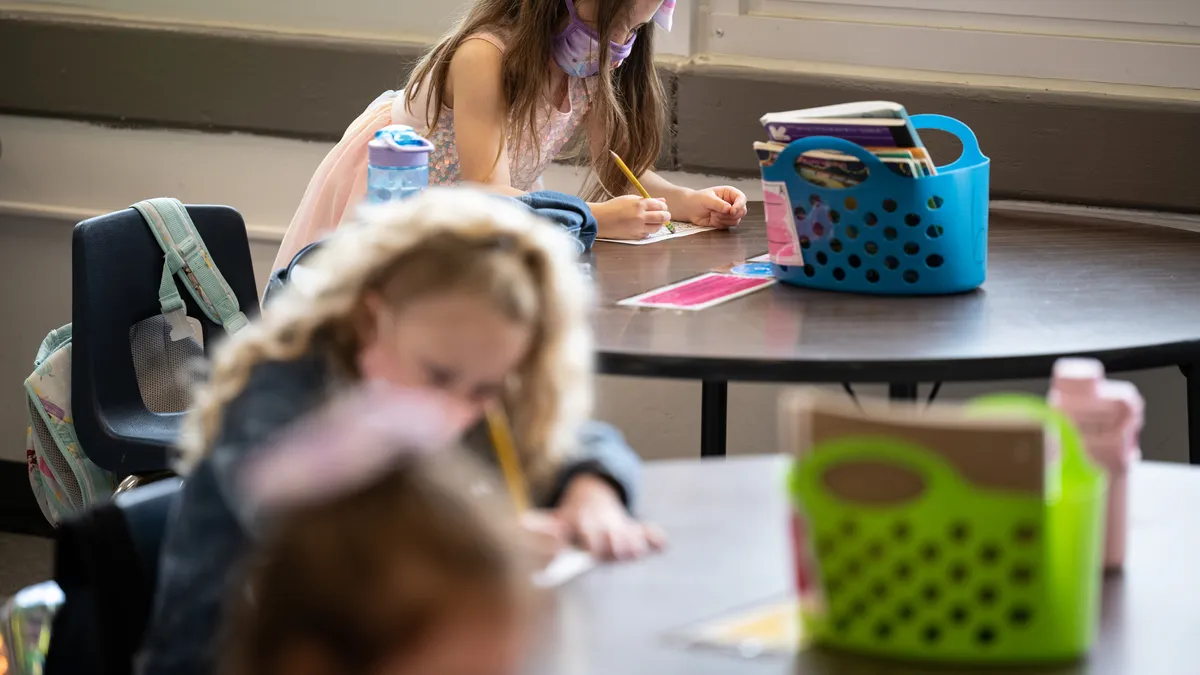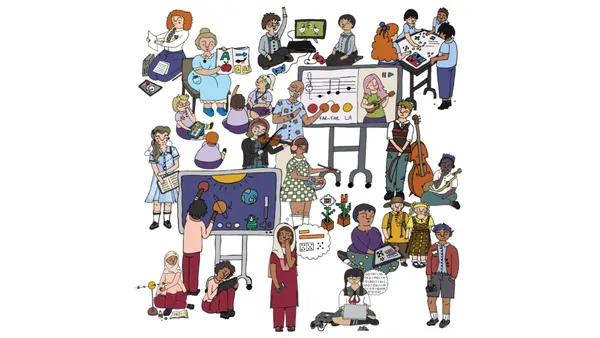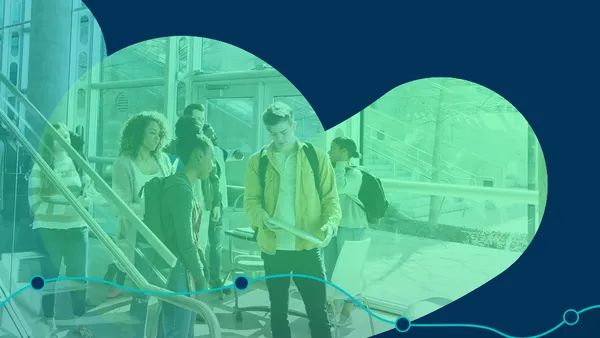Four years ago, after taking a hard look at our data, we realized that our Ridgeview Elementary School students weren’t making adequate progress in literacy. Our district had initiated an intensive focus on early childhood literacy, and we had a renewed sense of urgency to improve outcomes for our students.
Our leadership team and educators made it our number one goal to bring at-risk students to grade level proficiency by the end of third grade, and definitely to send students on to middle school reading at grade level or beyond. Our benchmark percentages and growth rates were lower than we wanted them to be, and we knew that we could do better.
The reality was that our human resources were extremely limited due to previous budget-related personnel decreases. As an example, our literacy coach positions had been eliminated several years prior. Those literacy coaches had been instrumental, providing support with literacy instruction, intervention, and differentiation. Our teachers were doing the best that they could with the resources and support that they had.
They needed more.
Recognizing the need for personalized learning approaches, considering technology
With this realization about literacy achievement, we began to look for a solution to help individual teachers differentiate and personalize learning across a wide swath of student skill levels. We required a proven, research-based approach that was backed up by data showing its success over time, as well as a student-friendly option that would engage our learners. We also needed to be able to hit the ground running and not spend months training our team to implement the new strategy.
One of our teachers knew about Lexia Reading Core5 and brought it to my attention. We evaluated the solution as a staff and decided to implement it. We made commitments as a staff regarding the literacy product’s use and agreed to leverage the generated data. Early on, we pushed hard to maintain accountability for our agreed upon commitments.
It was a lot of change at first, but our teachers quickly realized the value of this resource when they began to see the impact on student outcomes. Today, the program basically runs itself; the teachers and students are engaged, logging their minutes, and leveraging the data.
At Ridgeview Elementary School, we provide excellent core programming through outstanding teachers and staff. However, most of the core programming is designed to reach students at grade-level proficiency. Our teachers understand how to scaffold and modify lessons accordingly, but the reality is that core programming only stretches so far. Without personalized instruction, reaching every student in a differentiated manner is difficult at best.
Within our daily Literacy Differentiation Block (40 minutes per day, Monday through Thursday), which is in addition to core reading, we’re providing intervention as needed while also delivering enrichment for pupils who are ready to expand beyond grade-level expectations. We tailor our literacy instruction to every student’s deficiencies and/or strengths.
Core5 is an important component in this level of personalized literacy instruction at our school, in addition to the support of a skilled intervention team that provides direct instruction for at-risk readers. Each Friday, extra attention is given to our at-risk readers based solely on the program’s data. Small groups of students are pulled to address needs specified through the use of the literacy program.
Adopting technology according to individual student needs
When we first implemented Core5, we were using it on four or five iPads per classroom and in our intervention lab of 30 devices. With 800 K-5 students, teachers were initially concerned about how to get kids in front of a device for the required number of minutes each day. Our team found creative ways to achieve the necessary minutes and over time we have added more devices. Last year, we expanded the program’s use to include some home use. At this point, most teachers have mixed the program into their regular school days; they no longer have to “drop everything” and go to the lab. It’s now a fluid part of the instructional day.
Using the literacy program, we see even the smallest gaps in student knowledge—the kinds of skill gaps that our other assessments can overlook. Students who are struggling readers may learn to compensate for certain skill gaps. In fact, the program tends to level students lower than some assessments because it picks up on those little nuances. This is a critical point because as students progress through grade levels, they have to be able to read, digest, and understand more challenging texts. If the skill deficiencies aren’t identified and addressed early, they continue with the student all the way through high school and beyond.
Assessing results and leveraging data for future improvements
Our overall literacy program usage percentages are extremely high, particularly for grades K-4. In fact, the program has become part of our core curriculum in the sense that all students utilize it. If learners achieve a certain level, they may then be offered alternatives until the next school year.
In examining our data, we finished this past school year with the highest growth in the district in elementary reading. We started the year at 68-percent proficiency (K-5) according to Dibels Next, and we ended the year at 87-percent proficiency.
Coupled with dramatically increased enrollment during the school year, the end-of-year data is especially promising. We identified students who weren't at benchmark in May and drilled down into the related data. We discovered that a high number of those pupils were new to our school, and/or that they were in special education programming. In discussions regarding our special education students, we look at their individualized goals and assess whether or not they are meeting those goals.
In our end of year data analysis, we also realized that some students who fell short of proficiency, could have made more growth than they did. We take this information very seriously and use it as we plan for our next school year. We feel the urgency and responsibility about every student that we serve. We know it is our job to make sure that they leave us reading and comprehending at grade level.
Put simply, we’re experiencing the promise of personalized learning and seeing students progress and achieve the literacy goals we set forth four years ago. Our results are standing out. We are improving each year. Core5 continues to be a primary piece of our literacy programming as we work to achieve even better outcomes for our students in the future.





 Dive Awards
Dive Awards

